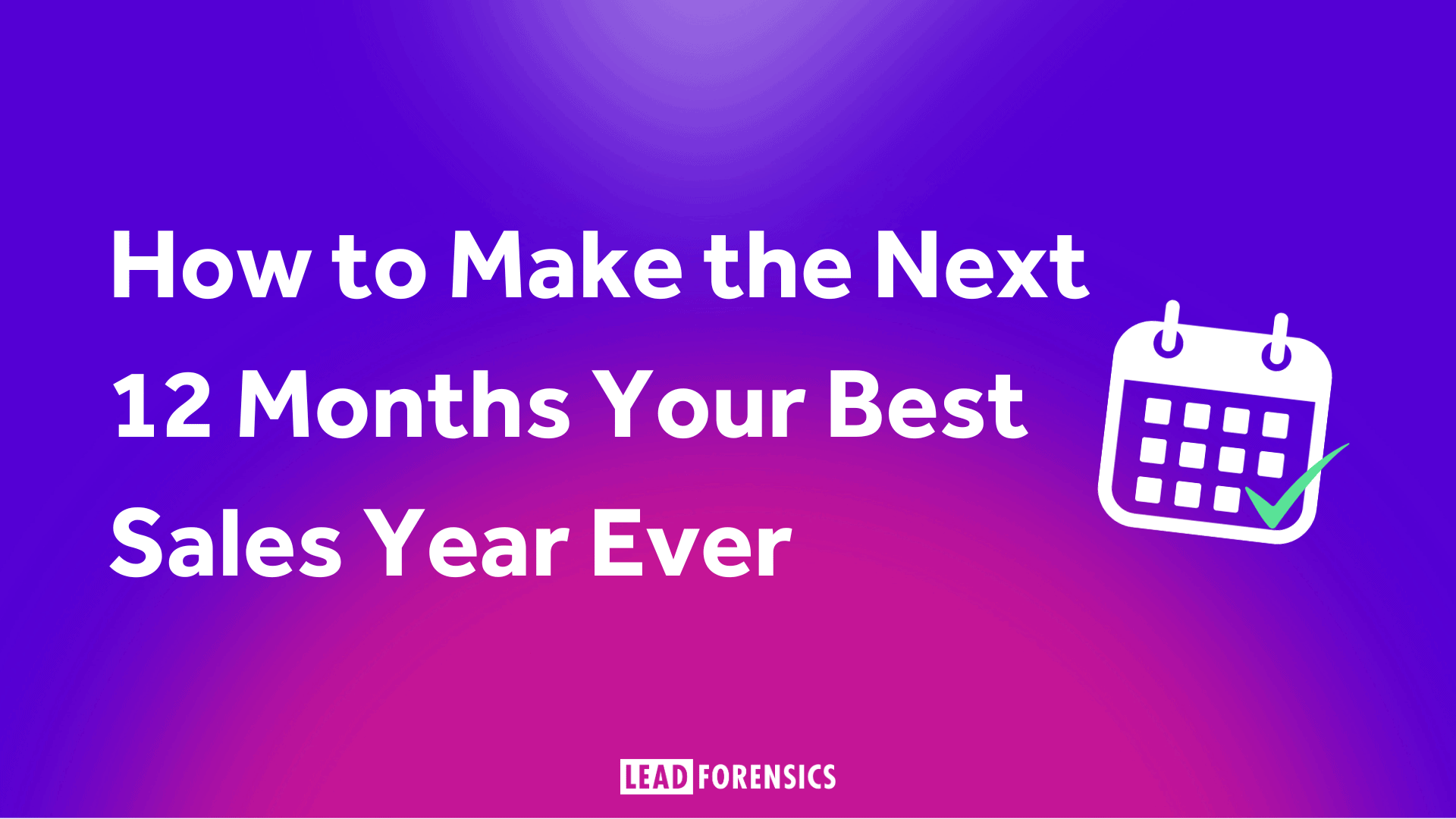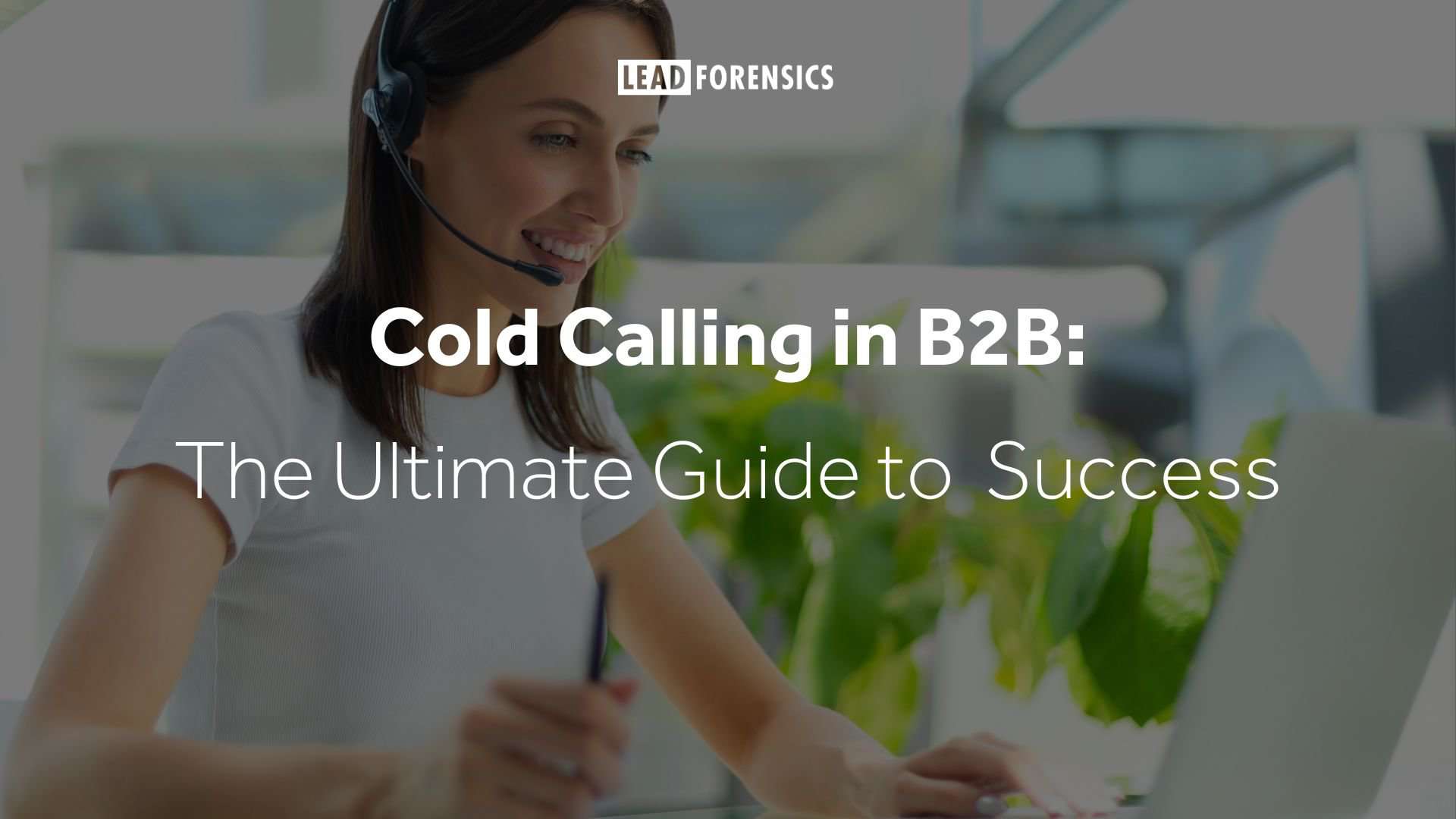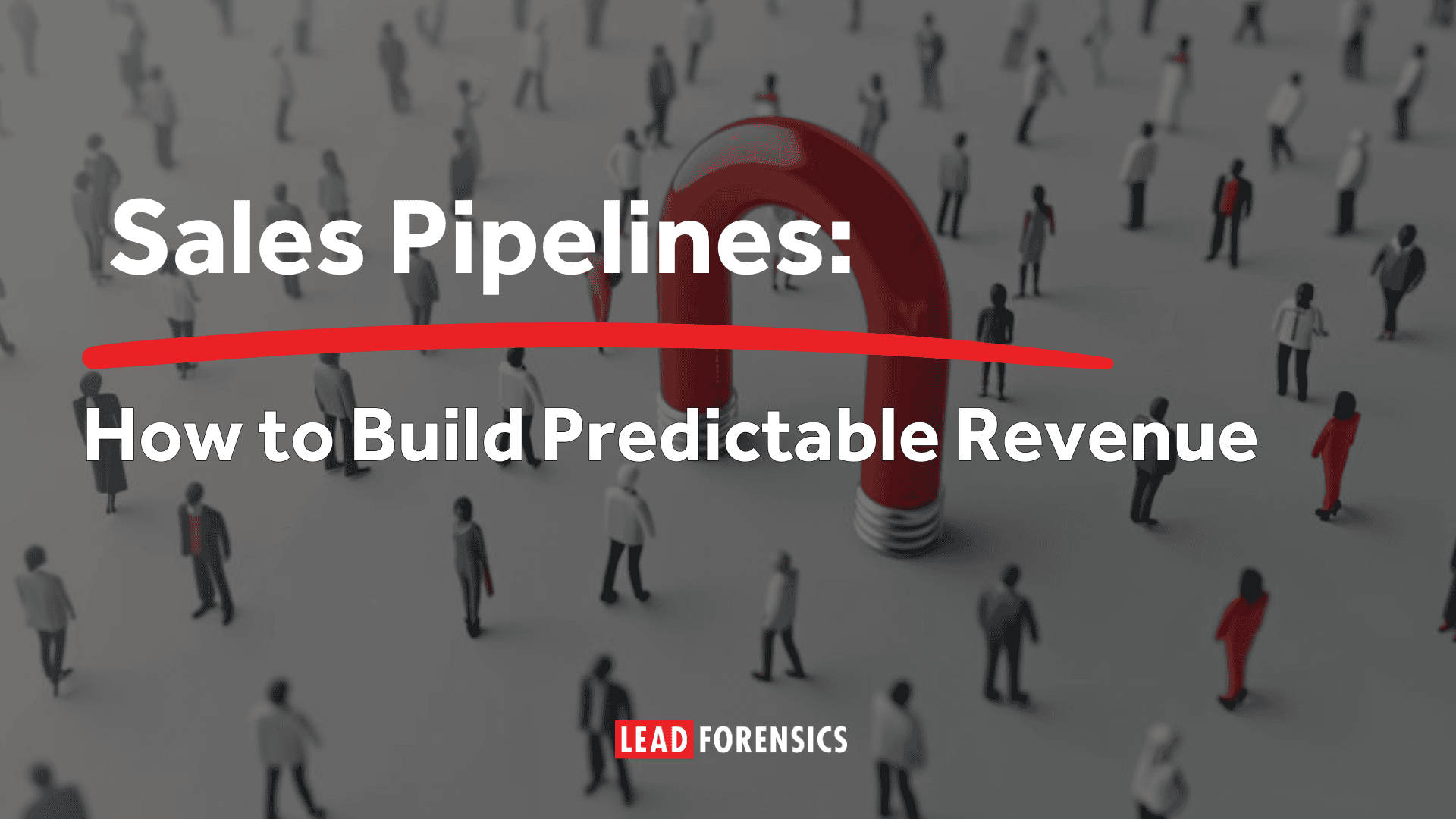The next 12 months can, and will, be different. Forget what the past has dictated; the future is in your hands, and it’s dazzlingly bright.
Whether you’re a seasoned sales veteran or just getting your feet wet, brace yourself. We’re diving deep into the strategies and secrets that will transform the next year into your most lucrative one yet. Ready to unleash your potential? Let’s get started!
The Easiest Way to Get on Track…
Don’t just take a leap of faith, the easiest way to get straight on track and to channel your energy in all the right places is to have a clear vision before you start. Exactly what do you want to achieve in the next 12 months? And what is going to help or hinder you in reaching your objective?
All great things start from small beginnings, so once you’ve defined your overall objective it is time to plan out the steps you need to take to get there. This is the time to focus in and look at each month across the year to plan your attack. Then take it even further still and consider the week by week picture.
Be Realistic
By getting some figures down and mapping out your targets in this way, you can also ensure that your objective is achievable. Setting unrealistic goals is simply setting yourself up for failure.
You can be ambitious but outlandish goals do not make you try harder, in fact they can be counter-productive. What motivates you more is achieving challenging goals and aims, not failing to reach impossible ones. When you plan across the year, try and define any particular areas that may need extra attention and planning now to help you achieve your end objective.
Things to ask yourself include:
- What resources are available? Do you have enough for what you want to achieve?
- What tools do you have and are they the right ones for the job?
- What investment is needed? Now is the time to plan where you need to invest more, or to think where you should move your investments to.
- What new systems, technologies and innovations do you need to achieve your goals? Do you know what they are? What should you introduce?
Don’t Make Assumptions
A common pitfall to be aware of in all of your planning is to check whether you are making any assumptions. This is really important as it can undermine or even corrupt your forecasting if it is not recognised. You need to be basing your targets on verifiable information as much as you can. This will help ensure you are spending your time effectively, managing the task at hand not having to chase to respond to any changing variables.
In any areas where you have to make assumptions, try and make them as realistic as possible. Use your experiences from the past year, any definite changes you are aware of and collect any additional information you can that may help you.
The Reassurance Test
Once you have your plan together, socializing it by getting someone else to pressure test it is always a great exercise, as a fresh pair of eyes may spot things you have not. Often the more you think about something and the more you read it, the less you start to see. Finally, check and check again. Sleep on it, reread it, visualize yourself getting started and make sure you feel ready and raring to go when you finally submit it and press GO.
Using past results to get ahead in the coming months
Whether you’re flying high or feeling it could have gone better in the past, now is the perfect time to reflect and get planning for what lies ahead. In the high pressure world of sales and marketing, where targets and results are king, a solid and informed plan can be the making or breaking of you. And there’s no better place to start than by dissecting your past performance to pull out the key learnings and insights. Begin by setting some time aside to take a detailed look at how it went – from what worked for you, to what didn’t, and why certain opportunities may have been secured and others missed. All these observations will help you ensure that you grab future prospects with both hands and can focus on developing your skills in those areas you need to. Get started by asking yourself these 5 key questions:
What Were Your Key Learnings?
Take a step back and consider the overall picture. How would you rate the past time period you are looking at? If you had to review it, what would you say?
Try and define at least three key learnings you can take from it.
What Are The Key Trends You Can Identify?
From business methods to communications and technology, the world we live in is constantly evolving. Developing an ability to spot buyer trends and changing behaviors can be a very valuable skill. Alongside this, can you identify any trends in relation to your own actions, reactions and subsequent results – are there any patterns there?
What Performed To Plan And What Didn’t?
Most importantly – why? Things went to plan? – great! But how did you ensure they would, what steps had you taken? Could you make them even more successful moving forward? And for the things that didn’t quite hit the mark, was it a case of over-forecasting or bad timing? Perhaps there were problems with the content, or you had the wrong resource? See if you can pinpoint what was at the heart of the problem.
What Would You Do Differently?
If you could jump back to any point, is there anything you would do differently? This can actually be a major positive for you to think about. Many of the most successful people in business will say that they learnt the most from their mistakes or failures. What could you do differently that would aid your future success?
Where Do You Have Clear Opportunities To Grow?
Finally, think where the key opportunities for growth are and plan how you will capitalize on them. Be ‘SMART’ with your goal setting and make sure they are grounded in numbers. Now is the time to shape your future success.
Time to take a Sales Health Check
Whether you’ve got the best sales team in the industry, or you’re an SME building your empire, it could be time to undergo a sales pipeline health check (to ensure it’s not leaking leads!). Here are 3 key steps to check your pipeline is in good shape.
Step #1: “Let’s talk about you”
A survey by Forrester Research found that 80% of executive buyers feel the sales agenda focuses not on their needs, but on the seller’s objectives instead. It’s time to say enough is enough – lose the sales pitch and really get to know your buyers. Like it or not they expect you to read their minds, fully understand their business challenges and engage on a level that’s meaningful to them – before you even talk about your product.
And when you do get to know your prospect, make sure your approach is personalized and tailored for them. How did your product help similar clients with the same challenges? How will your product help them achieve their personal goals? Get to know your prospect on a personal level and you’ll create loyalty and trust that will help you beat your competitor every time.
TIP: With Lead Forensics you’ll discover when your prospect visits your website and exactly what they looked at whilst there, so you’ll know what they’re really interested in. These clues will help you get to know your prospect and nurture them to the next stage of the sales pipeline.
Step #2: Prioritising Opportunities
On average, companies that nurture leads experience a 45% increase in lead generation ROI. Great, but how can you possibly spend all that time building relationships with your entire pipeline?
We know your time is precious and investing time in the wrong prospect is not just damaging, but really, really frustrating too. It’s time to prioritize, and pick out those opportunities that deserve your extra attention.
Scoring leads will help you make fast and effective decisions about lead strength. Is the prospect really the key decision making contact? What is the potential sales and lifetime value of the prospect?
Make note of their behavior. Do you notice anything that changes, increases or decreases in each phase of the buying cycle? Spend some time turning your learnings into hard metrics and you’ll have the power to manage your pipeline according to behavior rather than hoping for a win. In turn, you’ll be able to evolve your sales pipeline, shorten the sales cycle and increase win rates.
Step #3: Getting pipeline proactive
If you’re reading this blog, it’s likely you’re already being smart about your pipeline management and you’ll know what your common objections are. Whether it’s “no budget”, “no current need” or a lack of authority, you’ll know exactly what to do to win those prospects back.
But what about the dreaded “no decision”? According to a CSO Insights report, sales don’t close 53% of their forecast deals and a staggering 26% are attributed to “no decision”. But “not right now” doesn’t always mean “no”.
Getting to a conclusive “no” fast is crucial to your pipeline management, but remember that feedback is gold dust. It’s crucial to ask yourself “why did a ‘no’ decision happen?” so you can avoid investing your time on non-movers in the future.
Building a Stronger B2B Sales Pipeline
The ‘pipeline’ is a buzzword for both B2B sales and marketing people. It represents the passageway to success for an organization. However a blockage in the sales pipeline can quickly have a huge impact on productivity, so it’s important to create one that is free flowing. So what constitutes a healthy pipeline? And what do you need to consider when building one?
Size Matters
As far as a B2B pipeline is concerned, the biggest is not necessarily going to be the best. According to salesmanagement.org sales people with a smaller pipeline are more productive than those with a larger one. Productive sellers have smaller pipelines because the best salespeople are experts at disqualifying bad deals early on in the cycle. This leaves them free to focus on a more select group of piping hot leads. By eliminating the deals least likely to buy, more resources can be thrown at pursuing the deals that are most likely to convert.
Have The Right Content
The ‘content’ of a pipeline refers to the types of customers being pursued and the products being sold to them. A business that has a range of offerings for multiple prospects increases the likelihood of those prospects going on to buy because there are more options available. However, for a healthy sales funnel the ‘contents’ should be appropriate products or services based on their needs, which will improve conversion rates.
A healthy pipeline is vital for a sales team to prosper. Fill a pipeline with unwanted clutter and the entire sales function could be in jeopardy. Instead the pipeline should carry prospective customers from stage to stage in their buying decision process, ideally pushing them through from qualified lead to converted sale.
Keep Qualified Sales Leads Only
Removing the clutter from a pipeline by getting rid of low quality leads also helps a business build a stronger B2B sales pipeline. Once only pre-qualified leads make it through to the nurturing stage, it limits time wasting for sales people and increases conversion rates.
Profiles of the ideal customer should be clearly agreed by sales and marketing so the sales team can be equipped with qualified sales opportunities going forward. Failing to pre-qualify leads will only lead to one outcome – a pipeline that is full of opportunities that can’t be closed.
Benefit from thought leadership
Becoming the go-to person in an industry, and positioning a business or its leadership team as thought leaders, can also help build a strong B2B pipeline. Whilst this is no easy task and requires extensive knowledge and insight, thought leadership is a powerful tactic. Not least of which because it can drive inbound leads by educating and nurturing prospects.
Implemented through content marketing, a business can gain credibility by publishing a regular flow of problem solving articles and sharing content about industry trends and other relevant issues. This activity will encourage prospects to engage with a business and ultimately become lead ready, enabling the business to nurture them through the pipeline. Digital Relevance offer IBM, Netflix and TED as examples of brands that have mastered thought leadership.
For some further reading, check out some more of our blogs…
Sales Productivity and how to maximize it in 2024
About Lead Forensics
Imagine if you could take control of your lead generation activity, then nurture and convert your prospects before your competitors even get close. Lead Forensics will give you all the data you need to convert high quality leads faster. Uncover your anonymous B2B website visitors, identify when they’re ready to buy and access the contact details you need. Get started with a free demo and trial today.










